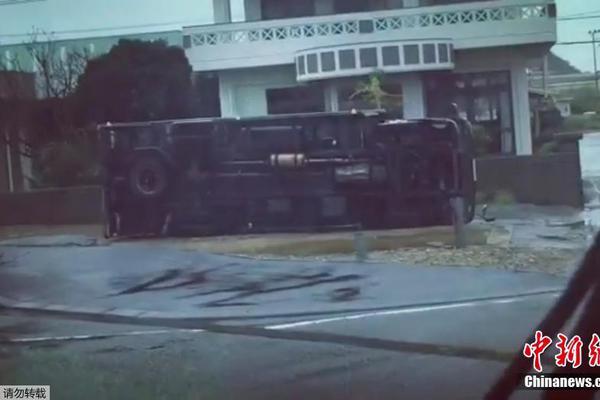【】
The fires burning in Siberia this year continue to be exceptional.
First, overwintering zombie fires awoke in spring. Then, during an intense June heat wave with record-breaking temperatures, extreme fires burned across vast swathes of the Siberian Arctic Circle, a polar region atop Earth. Now in August, fires persist. Satellite images show a thick haze over the region, obscuring the verdant land below.
The enduring fires this summer continue the momentous burning in the Arctic Circle over the last two years, compared with the previous 16 years of this modern satellite record. Consider: Fires in the Arctic Circle during 2019 and 2020 have emitted more carbon dioxide into the atmosphere than the previous 16 years combined.
These early August fires are similar in intensity to those in 2019, according to Mark Parrington, a senior scientist at the European Union's Copernicus Atmosphere Monitoring Service.

Such late-season burning is problematic because it shows the fire season in the far north could be growing longer, explained Jessica McCarty, an Arctic fire researcher and assistant professor in the Department of Geography at Miami University.
"As it keeps progressing into August it's more worrisome and more troubling," McCarty said.
The amount of smoke in the Siberian atmosphere looks similar to the wildfire smoke one might see from fires in the Western U.S. — not the polar realms up north. "It's a testament to the amount of fire that’s going on," McCarty noted.
Tweet may have been deleted
 Siberian wildfires on Aug. 3, 2020.Credit: cira / rammb
Siberian wildfires on Aug. 3, 2020.Credit: cira / rammb Fire intensity in the Arctic Circle in 2019 and 2020 versus previous years.Credit: eu copernicus
Fire intensity in the Arctic Circle in 2019 and 2020 versus previous years.Credit: eu copernicusWhen wildfires burn, they release copious amounts of heat-trapping carbon emissions into the atmosphere, as plants and vegetation are mostly composed of carbon. When fires burn more land for longer periods of time, more greenhouse gases enter the atmosphere, adding to the planetary warming trend. Already, Earth is relentlessly heating.
This August, McCarty said it's likely a lot of grassland and peat (wetlands composed of ancient, decomposed plants) are burning. These fires usually don't inject tall, powerful plumes high into the atmosphere like a burning forest might, so the smoke tends to stay lower and stagnate (rather than dissipating over vast regions or across the world). When the smoke stays, people live in it, and breathe it.
SEE ALSO:The devious fossil fuel propaganda we all useBurning peatlands are especially bad for the climate. Peat releases bounties of the greenhouse gas methane into the air. When it comes to trapping heat, methane is 25 times more potentthan carbon dioxide over the course of a century.
It's challenging to fight these remote fires. Russia's Sakha Republic, home to many of the blazes, is sprawling. It's the largest territory in Russia at one-fifth the size of the giant nation. So when a fire starts in a disparate area, it's not always easy to contain.
For people in the region, it can be a ghastly scene. "Everything smells like smoke all the time," noted McCarty.
相关文章

Katy Perry talks 'Rise,' her next batch of songs, and how to survive Twitter
Katy Perry recently surpassed 90 million followers on Twitter, making her the person with the most f2026-01-03
Apple celebrates Singapore's National Day with curated list of apps
SINGAPORE -- It sure looks like everyone's excited for the country's 51st birthday, Apple included.O2026-01-03
How Gisele Bundchen stole the spotlight at the Rio Olympics opening ceremony
Supermodel Giselle Bundchen may not be an internationally renowned athlete -- but she was still the2026-01-03
Please enjoy these photos of Boomer Phelps wearing earmuffs
Forget, for a moment, about Michael Phelps. Forget about his 21 Olympic golds, his punishing #Phelps2026-01-03
Twitter grants everyone access to quality filter for tweet notifications
Twitter introduced two features Thursday in an effort to give users more control on what notificatio2026-01-03
Laurie Hernandez's brother has the best plans to celebrate her big Olympic win
Now that Laurie Hernandez won her women's team gymnastics gold medal, it's time to celebrate. And he2026-01-03


最新评论